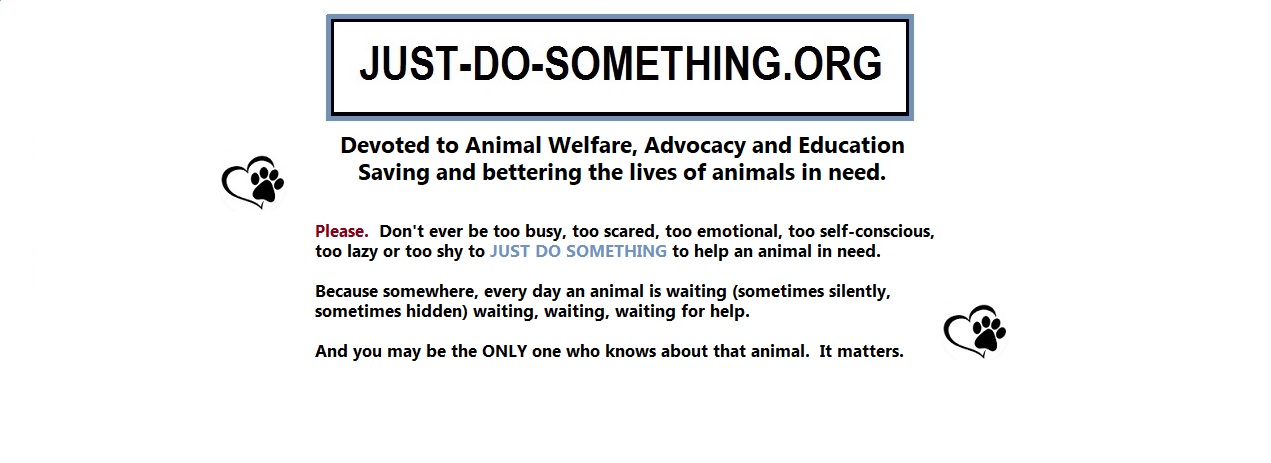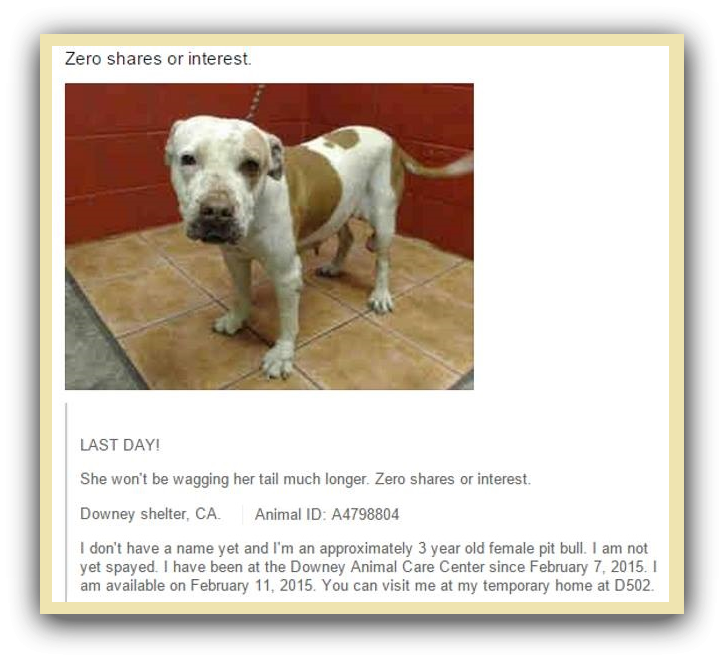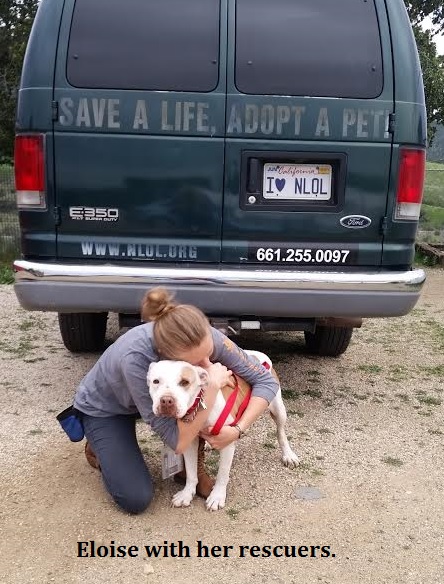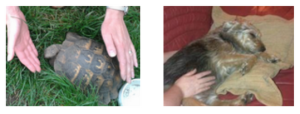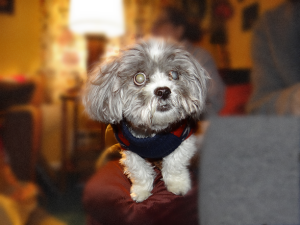Guest Blogger, Susan Bass (bigcatrescue.org)
Ah, Spring. For most people it’s a season of renewal and new beginnings. But it’s also the season when my email starts blowing up with messages from concerned animal lovers and advocates about big cats and cubs being exploited at fairs all across America. It happens at big state fairs and tiny community fairs. The busy Spring/Summer fair season means constant travel and misery for tigers and lions.
I’ve learned to dread fair season.
I receive heartbreaking calls about big state fairs with circus acts featuring adult tigers. Most fairs last about 10 days. That’s TEN days the lions and tigers are confined to their tiny transport cages, other than when they are being forced to perform three or four shows a day in front of gawking, noisy fair patrons. Temperatures hover around 100 degrees during many of these fairs.
Last year, the Nebraska State Fair hosted a traveling circus act with tigers and lions. The fair’s website boasts that the circus cats would be “on display all hours.” They even promoted the show as being located in their “Family Fun Zone.” Shame on them. Seeing tigers and lions forced to perform as entertainment and being on display 24/7 is certainly NO fun for the cats. And what message does it send to impressionable children? The wrong message that these majestic cats are ours to use and profit from however we wish.
The saddest calls I receive are from animal lovers begging me to do something to help tiny tiger or lion cubs being used for photo opps at fairs. Exhibitors exploit cubs as young as three weeks old by charging fair patrons to hold, feed or have their photo taken with a cub. Often there is a long line of fairgoers awaiting their turn. All day long and into the evening, the cubs have to contend with constant jostling, noise, lack of sleep, screaming kids and camera flashes. The cubs are usually so exhausted from lack of sleep – some even appear to have been drugged so they remain “calm” while being held — they can’t even hold their heads up. Many become very ill and suffer diarrhea and other maladies.
Last year the Florida State Fair had a 4-month-old tiger cub named Takara (pictured below) on display. She lived in a dog carrier inside a very small chain-link fenced cage for all 11 days of the fair. For $20, up to six people at a time could enter the cub’s cage to take photos and pet her.
When I heard about the awful situation, I contacted Florida State Fair management to express my concerns for this poor cub. I also went to the fair with a few other Big Cat Rescue volunteers to check out the exhibit and tiger cub ourselves, since this abuse was happening right in our own backyard of Tampa.
We were appalled at the condition of the tiger cub. She clearly seemed drugged; her behavior was well beyond sleepiness or lethargy. Her fur was matted and dirty. When the handler roughly pulled her out of the dog carrier and placed her on top of it, she barely opened her eyes. One of the volunteers I brought along was a veterinary technician and it was also her professional opinion that the cub was drugged. We were within inches of the cub and she was able to evaluate the cub’s eyes and behavior. There were also several spots of diarrhea in the sawdust surrounding the cub’s cage.
I believe stopping the abuse and exploitation of wild animals used as entertainment is the social justice movement of our time.
In this day and age, it is unconscionable for fairs to host exhibits where captive exotic cats are bred and used as entertainment, taken from their mothers shortly after birth so they can be used as lucrative photo props, forced to perform, and subjected to living and traveling for weeks at a time in small cages and semi-trailers.
So what can YOU do to help? The most important way is to NEVER pay to hold a tiger or lion cub and to NEVER patronize any fair or other venue that has a circus act with big cats. When demand for big cats and cubs dries up, the abuse will end too.
Susan Bass is Director of Public Relations at Big Cat Rescue in Tampa, Florida. Her primary role is expanding the reach of the sanctuary’s advocacy work and developing strategies and initiatives to bring the issues of big cats in captivity and in the wild to the forefront of the public and media. She can be reached at Susan.Bass@BigCatRescue.org.
You can find BigCatRescue.org on Facebook, Twitter, Google+, and YouTube.
